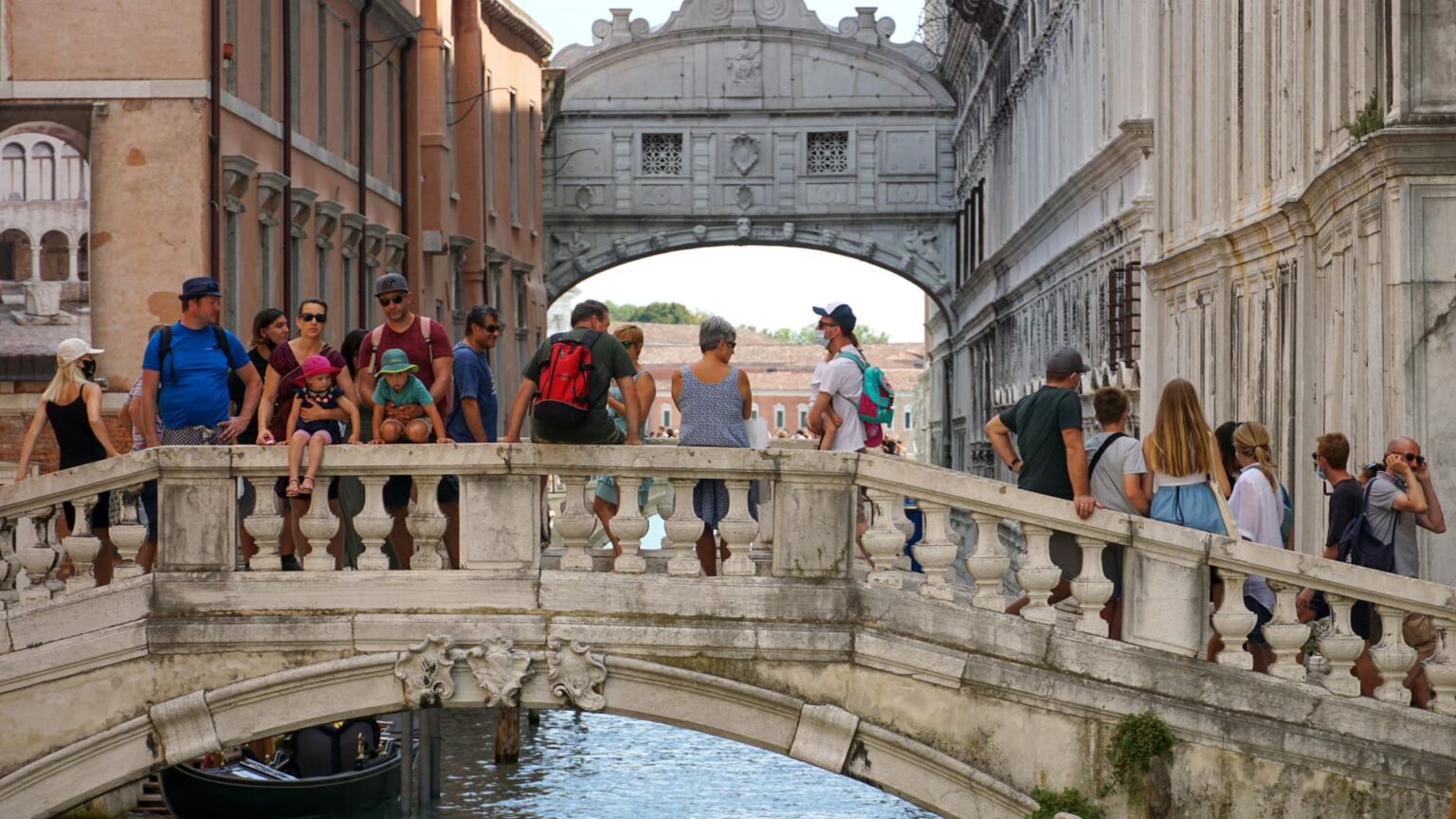Shifting Trends in International Travel: Americans Leave the U.S. for Easter Break
Increasing American Travel to Europe
As the Easter break approached, many American families opted for international trips, a notable trend in the current travel landscape. Caroline Smith, an accounting director from New Jersey, highlighted this shift when she and her family encountered multiple other families from their town during a visit to the Spanish Steps in Rome.
This surge in American tourists contrasts sharply with the decline in inbound travel to the United States. According to data from the International Trade Administration, foreign visitors to the U.S. fell by nearly 10% in March, dropping to approximately 4.54 million travelers.
Growing Divide in Travel Numbers
While travel from the U.S. has seen a resurgence—up 1.6% from last year and 22% since 2019—international tourism in the U.S. has faced a significant downturn. This imbalance is raising concerns about a widening gap in travel-related revenue, which could potentially reach more than $50 billion. The U.S. Travel Association has projected a 12% increase in spending from international visitors within the U.S. for the current year.
Inbound visits, accounting for land border crossings, depicted a 14% decrease this March compared to the previous year, indicating a troubling trend for the American travel industry.
Challenges Facing U.S. Tourism
Various factors appear to contribute to the decline in international travelers to the U.S. An ongoing trade conflict, stricter visa policies, and geopolitical rhetoric have made the country seem less welcoming. American Airlines CEO Robert Isom emphasized the necessity of making the U.S. more appealing to international tourists, particularly by streamlining the visa approval process.
Moreover, JPMorgan reported potential detrimental effects on the U.S. economy, estimating a 0.1% reduction in gross domestic product due to falling international travel spending.
Perceptions of Travel Safety
Industry professionals suggest that perceptions of safety in the U.S. are influencing business travel decisions as well. Samuel Engel of ICF mentioned that uncertainty can deter international business individuals from making travel commitments.
Data from United Airlines indicated a 6% decrease in bookings from Europe and a 9% drop from Canada, reflecting broader trends in international air travel.
Consumer Preferences Shift to International Travel
Despite the challenges faced by the U.S. tourism sector, the appetite for international travel among American consumers remains robust. Travel adviser Grace Cular Yee observed an increasing number of families planning significant trips abroad, particularly for milestones such as college graduations that were interrupted during the pandemic.
Shows like “Emily in Paris” and “The White Lotus” have influenced travel decisions, inspiring American tourists to explore destinations featured in popular culture.
Future Economic Impact and Optimism
Although some segments of the market are exhibiting signs of seasonal stability, Delta Air Lines’ president noted promising advancements in international bookings. Travel preferences from high-income individuals remain strong, contributing positively to the overall travel scene.
Despite market uncertainties affecting consumer spending, particularly among less affluent travelers, there exists a resilient demographic of older travelers who prioritize once-in-a-lifetime experiences abroad, leading to sustained growth in premium air travel.
